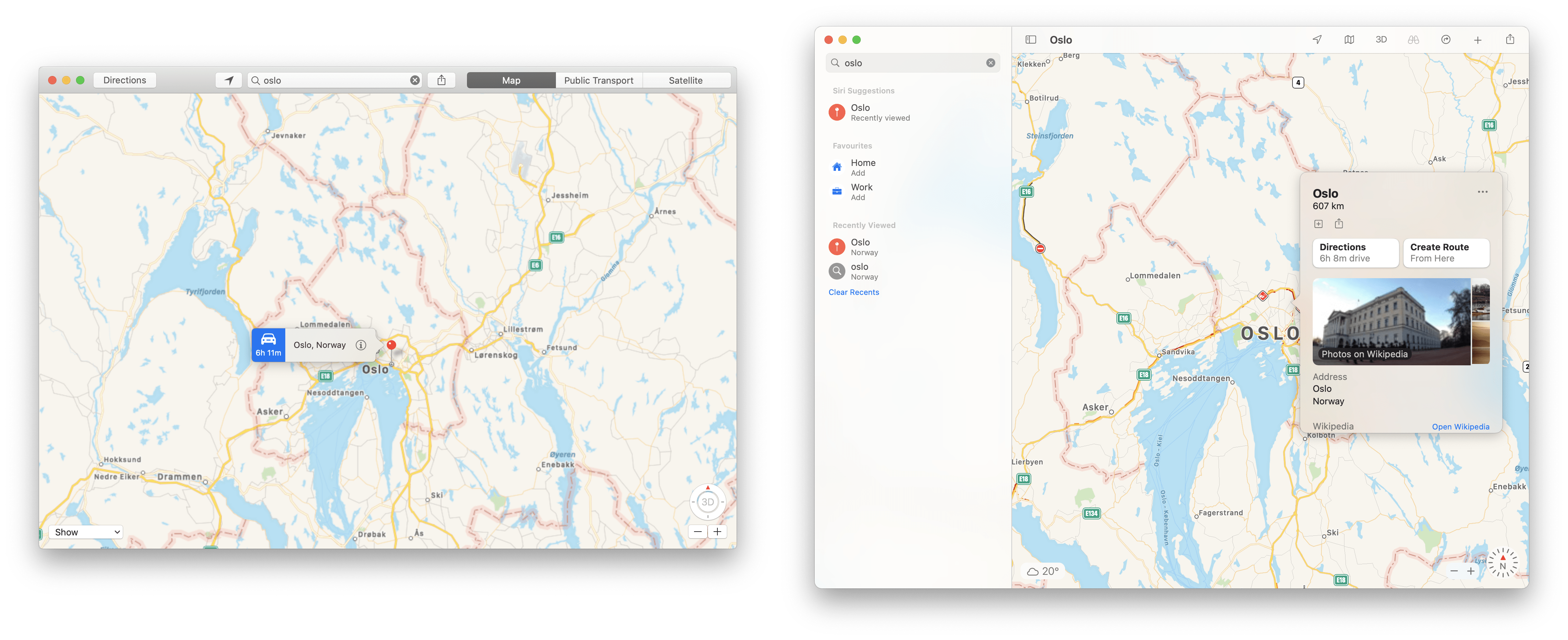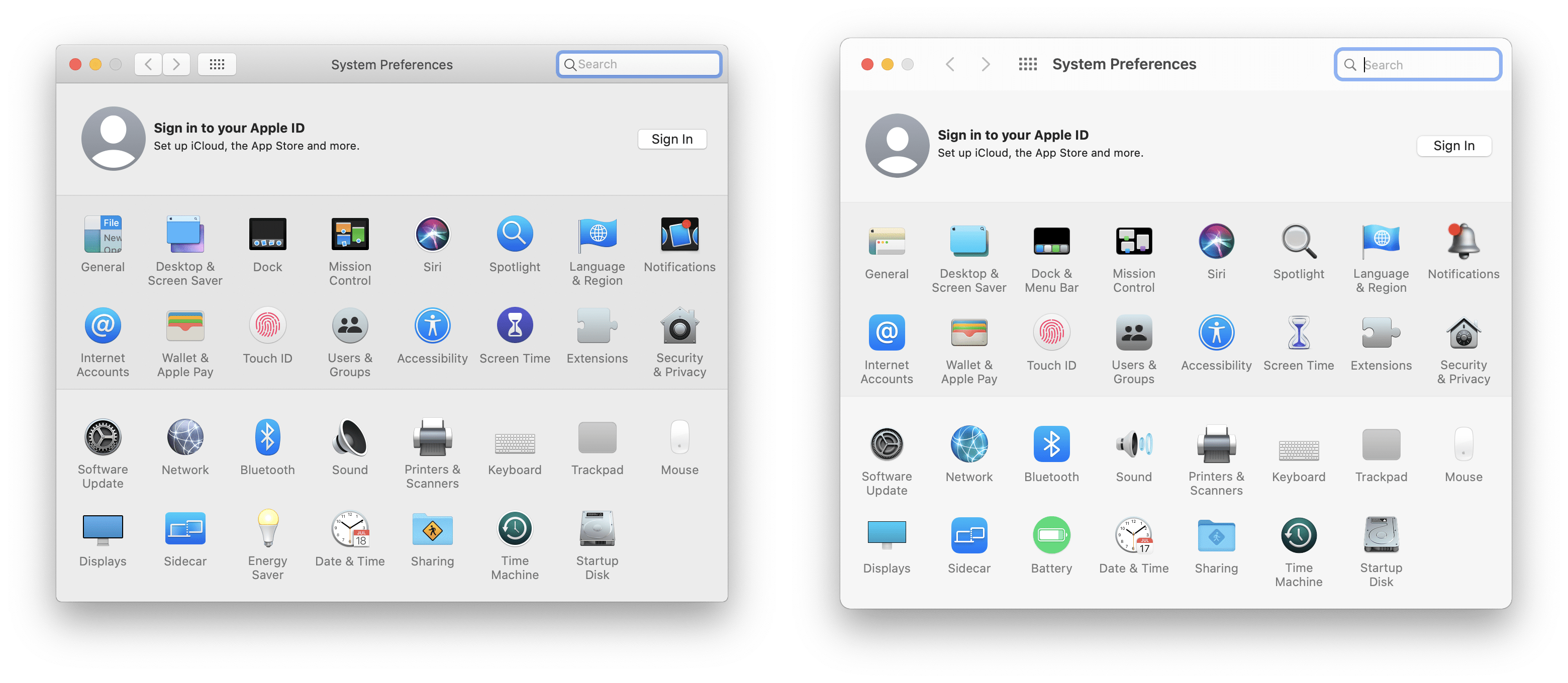A FLAT MAP Mac OS
Use this method to receive a single-level collection when your transformation produces a sequence or collection for each element. In this example, note the difference in the result of using map and flat Map with a transformation that returns an array. In the Maps app on your Mac, click the Current Location button to show your location on the map. Note: If you see a message that Maps can’t use your current location, allow Maps to use your location. Click in the search field, then enter an address or other information. Func flat Map (((key: Key, value: Value)) - Segment Of Result) - Segment Of Result.Element Returns an array containing the concatenated results of calling the given transformation with each element of this sequence. Flat packages are simple, self-contained files that are easy to pass around. Prior to Leopard (10.5), packages weren’t flat at all. They were bundles, which are just folders that OSX treats in a special way.
Is your Mac up to date with the latest version of the Mac operating system? Is it using the version required by a product that you want to use with your Mac? Which versions are earlier (older) or later (newer, more recent)? To find out, learn which version is installed now.

If your macOS isn't up to date, you may be able to update to a later version.
Which macOS version is installed?
From the Apple menu in the corner of your screen, choose About This Mac. You should see the macOS name, such as macOS Big Sur, followed by its version number. If you need to know the build number as well, click the version number to see it.
Which macOS version is the latest?
These are all Mac operating systems, starting with the most recent. When a major new macOS is released, it gets a new name, such as macOS Big Sur. As updates that change the macOS version number become available, this article is updated to show the latest version of that macOS.
If your Mac is using an earlier version of any Mac operating system, you should install the latest Apple software updates, which can include important security updates and updates for the apps that are installed by macOS, such as Safari, Books, Messages, Mail, Music, Calendar, and Photos.
| macOS | Latest version |
|---|---|
| macOS Big Sur | 11.3 |
| macOS Catalina | 10.15.7 |
| macOS Mojave | 10.14.6 |
| macOS High Sierra | 10.13.6 |
| macOS Sierra | 10.12.6 |
| OS X El Capitan | 10.11.6 |
| OS X Yosemite | 10.10.5 |
| OS X Mavericks | 10.9.5 |
| OS X Mountain Lion | 10.8.5 |
| OS X Lion | 10.7.5 |
| Mac OS X Snow Leopard | 10.6.8 |
| Mac OS X Leopard | 10.5.8 |
| Mac OS X Tiger | 10.4.11 |
| Mac OS X Panther | 10.3.9 |
| Mac OS X Jaguar | 10.2.8 |
| Mac OS X Puma | 10.1.5 |
| Mac OS X Cheetah | 10.0.4 |
Warning! You can still build the executable for yourself following the instructions, but I have troubles with bundling it, and downloading maps. If you get it working please share your solution. There’s still no official or supported method to building the app for macOS.
A couple of weeks ago MAPS.ME, one of the best offline map applications for mobile (for advertising parity, the other one I use is Skobbler), has gone open source, and as part of the release, now the app has an OS X version. Before this there was no native Mac OS X application for browsing OpenStreetMaps offline, so I was really excited to get this running.
A Flat Map Mac Os X
MAPS.ME for Mac OS X
At the present moment, it lets you browse the map and search for features. There is no routing or favorites or any other fancy stuff, but it’ll be useful in a pinch.
As the app is clearly not up to release standards in terms of features, you’ll have to build it yourself.
A Flat Map Mac Os 11
Install Homebrew if you haven’t yet. In the process you’ll make sure the Xcode toolchain is set up.
Install dependencies:
Link qt5 build tools:
If you had
qt(version 4) installed, brew will complain and then you should dobrew unlink qtfirst and rollback after this build, just to be safe.Check out the omim repo:
Check out the submodules:
Run the configuration script
When it asks you for a private repo, just hit ENTER.
Actually build the software
If the previous step had succeeded, you now have a working build
If the application works, install it in the Applications directory

These steps no longer work:
The app has a map download feature, but it doesn’t work because of keys or something. In any case, you can download the latest maps manually from the official distribution site. The maps are organized by country, so download
yourcountry.mwmandyourcountry.mwm.routing.Move the downloaded files to
~/Library/Application Support/MapsWithMe. Restart the app.
A Flat Map Mac Os Catalina
Done! You should now have a working build of MAPS.ME for your desktop.
Please enable JavaScript to view the comments powered by Disqus.